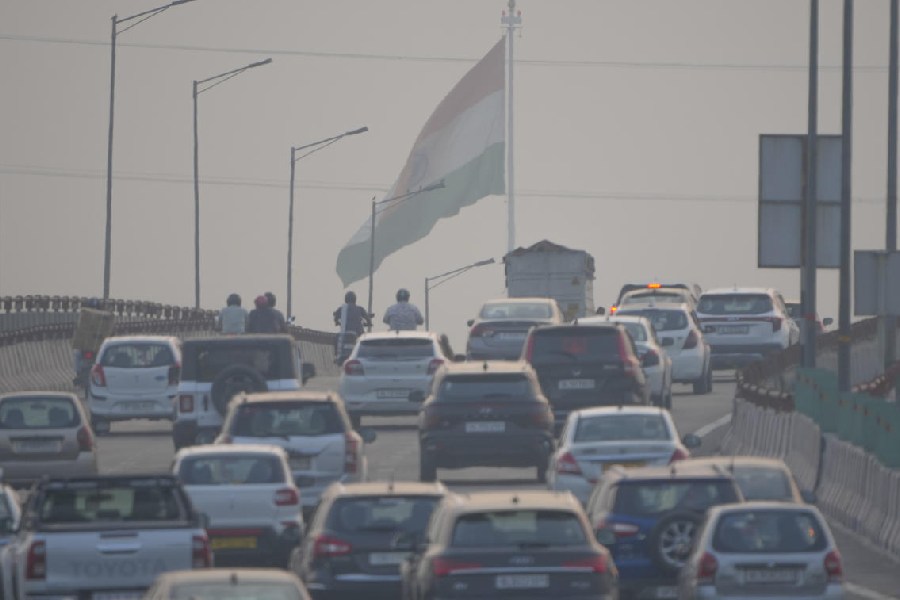Inadequate public transport services and explosive growth of private vehicles in the national capital are undercutting air quality improvements achieved through electric vehicles, an environmental think-tank has said in a report.
The Delhi-based Centre for Science and Environment (CSE) has noted that the share of private vehicles contributing to motorised trips in Delhi has increased from 38 per cent to 49 per cent in the last decade. The share of bus trips has declined by 20 per cent.
Although 6 in every 10 residents live within 400 metres or 5 minutes walking distance from their nearest bus stop, less than 1 per cent of bus stops have 10 minutes waiting time, the CSE said in its report.
Delhi has around 45 buses per 1,00,000 persons which, the CSE said, is “woefully short” of the service level target of 60 buses per 1,00,000 persons specified by the Union housing and urban affairs ministry. The city has not yet met a 1998 Supreme Court
directive for 10,000 buses. Delhi only had 7,683 buses as of July 2024.
Delhi, in the past two decades, phased out 10-year-old diesel vehicles and 15-year-old petrol vehicles and adopted higher emissions standards for vehicles.
However, the CSE said “explosive motorisation” driven by the growth of private vehicles has contributed to emissions and the capital’s “mobility crisis”. Delhi added 6,50,000 new vehicles in 2023-24, the report said, citing the government’s Economic Survey. On average, 1,100 two-wheelers and 500 private cars are registered daily in the capital, the CSE said, citing government data.
The CSE estimated that for cars registered annually in Delhi, the demand for new parking space will be equivalent to 615 football fields.
“Our analysis was confined to Delhi,” said Anumita Roychowdhury, executive director at the CSE who led the analysis. “But the concerns we’ve flagged such as the decline in the share of public transport, congestion, inadequate investments in public transport and the growth of private vehicles also apply to other cities. There are indications that shares of public transport in motorised trips have declined in other states,” she said.
Multiple studies aimed at apportioning sources of air pollution have identified vehicular emissions in the capital as a major source of PM2.5, or tiny particulate matter smaller than 2.5 microns, minuscule enough to reach deep into the lungs. Various studies at different times have estimated vehicular emissions to account for 20 per cent, 39 per cent and 41 per cent of PM2.5 in the city.
The CSE said the vehicular taxation structure favours private vehicle users. Under the tax policies, bus operators pay twice as much as cab operators and about
five times as much as private car owners. This “hidden cost of subsidy” for personal vehicles needs to be recovered from the users through more rationalised taxation and emissions and congestion charges, the CSE added.











